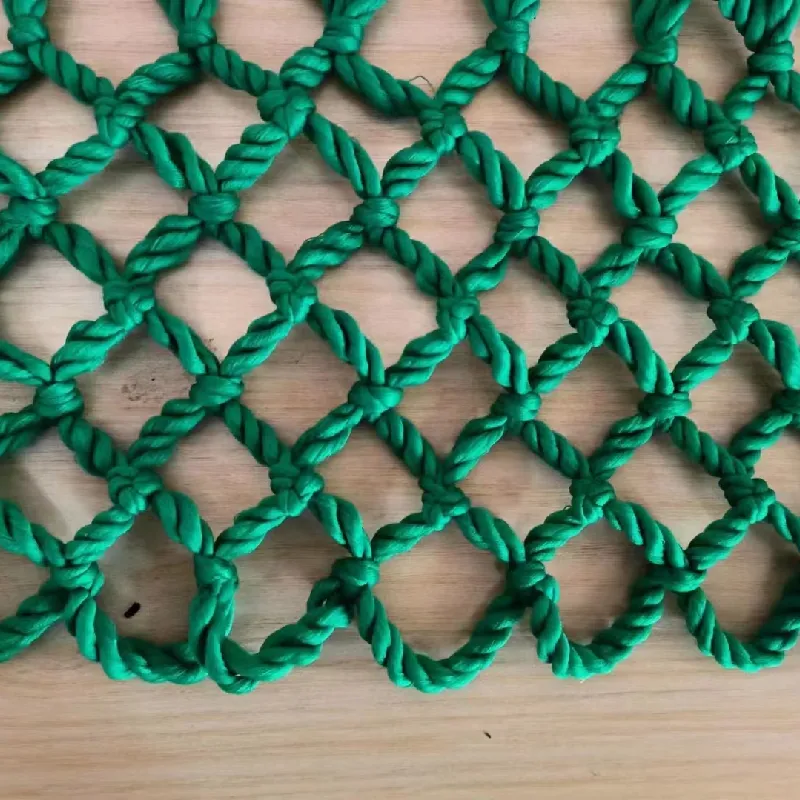-
 Afrikaans
Afrikaans -
 Albanian
Albanian -
 Amharic
Amharic -
 Arabic
Arabic -
 Armenian
Armenian -
 Azerbaijani
Azerbaijani -
 Basque
Basque -
 Belarusian
Belarusian -
 Bengali
Bengali -
 Bosnian
Bosnian -
 Bulgarian
Bulgarian -
 Catalan
Catalan -
 Cebuano
Cebuano -
 China
China -
 Corsican
Corsican -
 Croatian
Croatian -
 Czech
Czech -
 Danish
Danish -
 Dutch
Dutch -
 English
English -
 Esperanto
Esperanto -
 Estonian
Estonian -
 Finnish
Finnish -
 French
French -
 Frisian
Frisian -
 Galician
Galician -
 Georgian
Georgian -
 German
German -
 Greek
Greek -
 Gujarati
Gujarati -
 Haitian Creole
Haitian Creole -
 hausa
hausa -
 hawaiian
hawaiian -
 Hebrew
Hebrew -
 Hindi
Hindi -
 Miao
Miao -
 Hungarian
Hungarian -
 Icelandic
Icelandic -
 igbo
igbo -
 Indonesian
Indonesian -
 irish
irish -
 Italian
Italian -
 Japanese
Japanese -
 Javanese
Javanese -
 Kannada
Kannada -
 kazakh
kazakh -
 Khmer
Khmer -
 Rwandese
Rwandese -
 Korean
Korean -
 Kurdish
Kurdish -
 Kyrgyz
Kyrgyz -
 Lao
Lao -
 Latin
Latin -
 Latvian
Latvian -
 Lithuanian
Lithuanian -
 Luxembourgish
Luxembourgish -
 Macedonian
Macedonian -
 Malgashi
Malgashi -
 Malay
Malay -
 Malayalam
Malayalam -
 Maltese
Maltese -
 Maori
Maori -
 Marathi
Marathi -
 Mongolian
Mongolian -
 Myanmar
Myanmar -
 Nepali
Nepali -
 Norwegian
Norwegian -
 Norwegian
Norwegian -
 Occitan
Occitan -
 Pashto
Pashto -
 Persian
Persian -
 Polish
Polish -
 Portuguese
Portuguese -
 Punjabi
Punjabi -
 Romanian
Romanian -
 Russian
Russian -
 Samoan
Samoan -
 Scottish Gaelic
Scottish Gaelic -
 Serbian
Serbian -
 Sesotho
Sesotho -
 Shona
Shona -
 Sindhi
Sindhi -
 Sinhala
Sinhala -
 Slovak
Slovak -
 Slovenian
Slovenian -
 Somali
Somali -
 Spanish
Spanish -
 Sundanese
Sundanese -
 Swahili
Swahili -
 Swedish
Swedish -
 Tagalog
Tagalog -
 Tajik
Tajik -
 Tamil
Tamil -
 Tatar
Tatar -
 Telugu
Telugu -
 Thai
Thai -
 Turkish
Turkish -
 Turkmen
Turkmen -
 Ukrainian
Ukrainian -
 Urdu
Urdu -
 Uighur
Uighur -
 Uzbek
Uzbek -
 Vietnamese
Vietnamese -
 Welsh
Welsh -
 Bantu
Bantu -
 Yiddish
Yiddish -
 Yoruba
Yoruba -
 Zulu
Zulu
insect mesh cage
The Importance of Insect Mesh Cages in Entomology and Agriculture
Insect mesh cages, often referred to as bug tents or insect rearing cages, are essential tools in the fields of entomology and agriculture. These specialized enclosures are designed to protect insects while enabling researchers, farmers, and hobbyists to study and interact with various species without exposing them to the larger environment. Here, we will explore the importance of insect mesh cages, their key features, and their applications in different fields.
Understanding Insect Mesh Cages
Insect mesh cages are typically made from durable, lightweight materials such as nylon or polyester with fine mesh openings. This allows for adequate airflow while keeping even the smallest insects contained. The dimensions of these cages can vary widely, from small handheld units to larger structures capable of housing multiple specimens over extended periods. Some cages are designed with a removable top or side panel for easy access, facilitating the feeding and observation of insects without hassle.
Applications in Entomology
In entomological research, insect mesh cages play a pivotal role in the study of lifecycles, mating behaviors, and ecological interactions of various insects. Researchers often use these cages to rear specimens in controlled environments, enabling them to monitor variables such as temperature, humidity, and light conditions. By isolating insects from potential predators and competitors, scientists can obtain more accurate data that contributes to our understanding of insect biology and behavior.
Moreover, insect mesh cages are essential for conducting experiments involving different species, such as pollinators and pests
. For instance, researchers studying the impact of specific plants on pollinator behavior can use these cages to confine insects to particular flower varieties without risk of them flying away. This controlled environment helps provide reliable data that can inform both conservation efforts and agricultural practices.insect mesh cage

Importance in Agriculture
Farmers and horticulturists also benefit significantly from the use of insect mesh cages. These cages can protect crops from pest infestations while allowing beneficial pollinators, like bees and butterflies, to access flowers. By using insect mesh cages around specific plants, growers can prevent the spread of pests such as aphids or whiteflies, which can wreak havoc on crops. This form of integrated pest management reduces the reliance on chemical pesticides, promoting sustainable agricultural practices and healthier ecosystems.
In addition, insect mesh cages can be useful for breeding purposes. Farmers looking to produce specific insect species for pollination or biological control can utilize these cages to create an optimal breeding environment. This can enhance crop yields, as having the right balance of pollinators can significantly increase the yield of fruiting plants.
Other Uses of Insect Mesh Cages
Insect mesh cages are not only limited to scientific research and agriculture; they have found applications in various other fields. For example, hobbyists who keep exotic insects can use these cages to provide a safe and controlled habitat for their specimens. Similarly, educators can utilize insect mesh cages in classrooms to teach students about insect life cycles, biodiversity, and ecology, offering a hands-on learning experience.
Conclusion
In summary, insect mesh cages are invaluable tools in both entomological research and agricultural practices. Their ability to create a controlled environment for insects fosters scientific discovery while contributing to sustainable agricultural methods. As the world continues to face challenges related to biodiversity loss and food security, the use of insect mesh cages will remain crucial in promoting responsible interactions with our planet’s diverse insect populations. Whether used in a research lab, on a farm, or in a classroom, these cages help us understand and appreciate the intricate world of insects.
-
Shipping Plastic Bags for Every NeedNewsJul.24,2025
-
Safety Netting: Your Shield in ConstructionNewsJul.24,2025
-
Plastic Mesh Netting for Everyday UseNewsJul.24,2025
-
Nylon Netting for Every UseNewsJul.24,2025
-
Mesh Breeder Box for Fish TanksNewsJul.24,2025
-
Expanded Steel Mesh Offers Durable VersatilityNewsJul.24,2025











